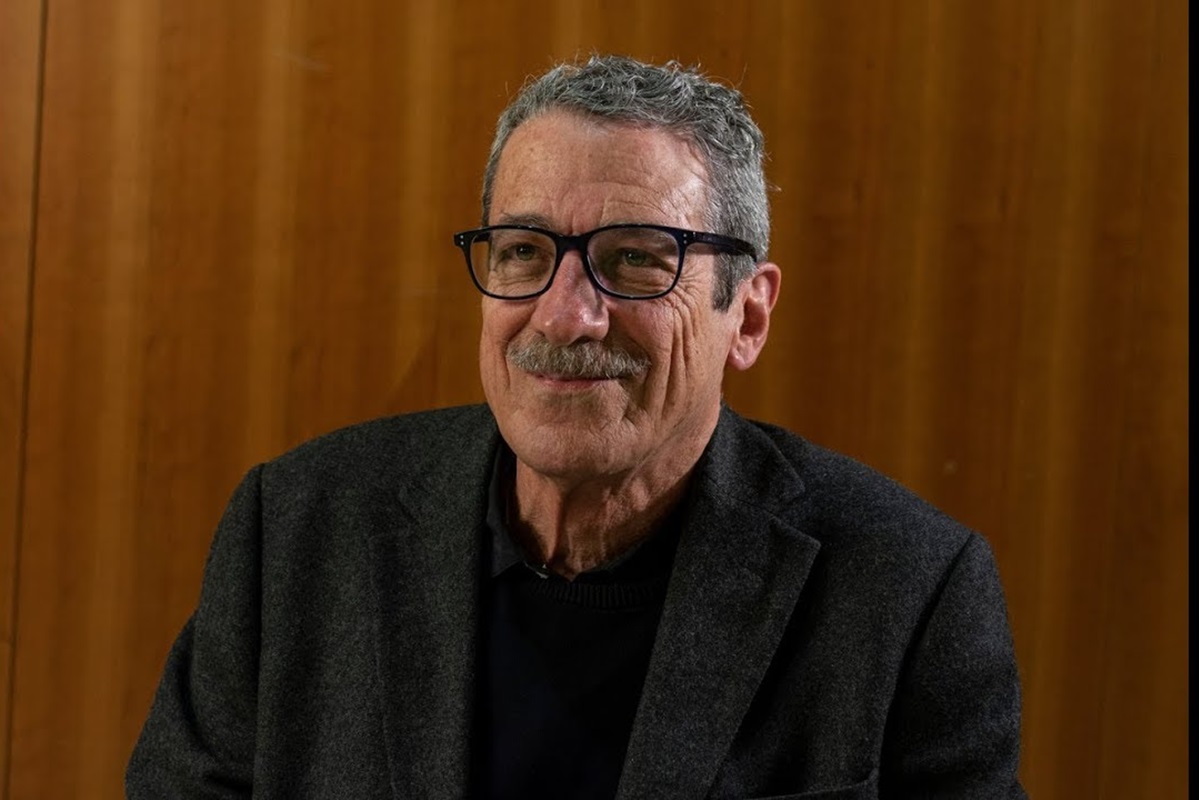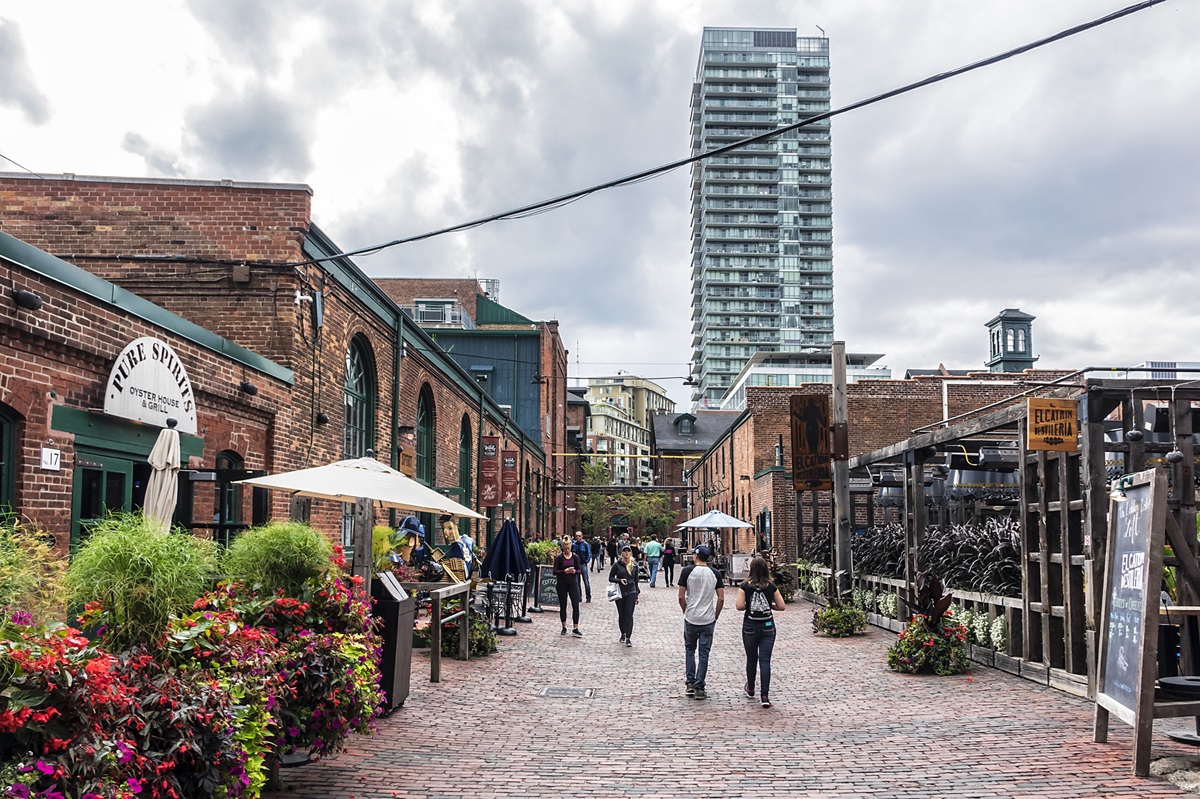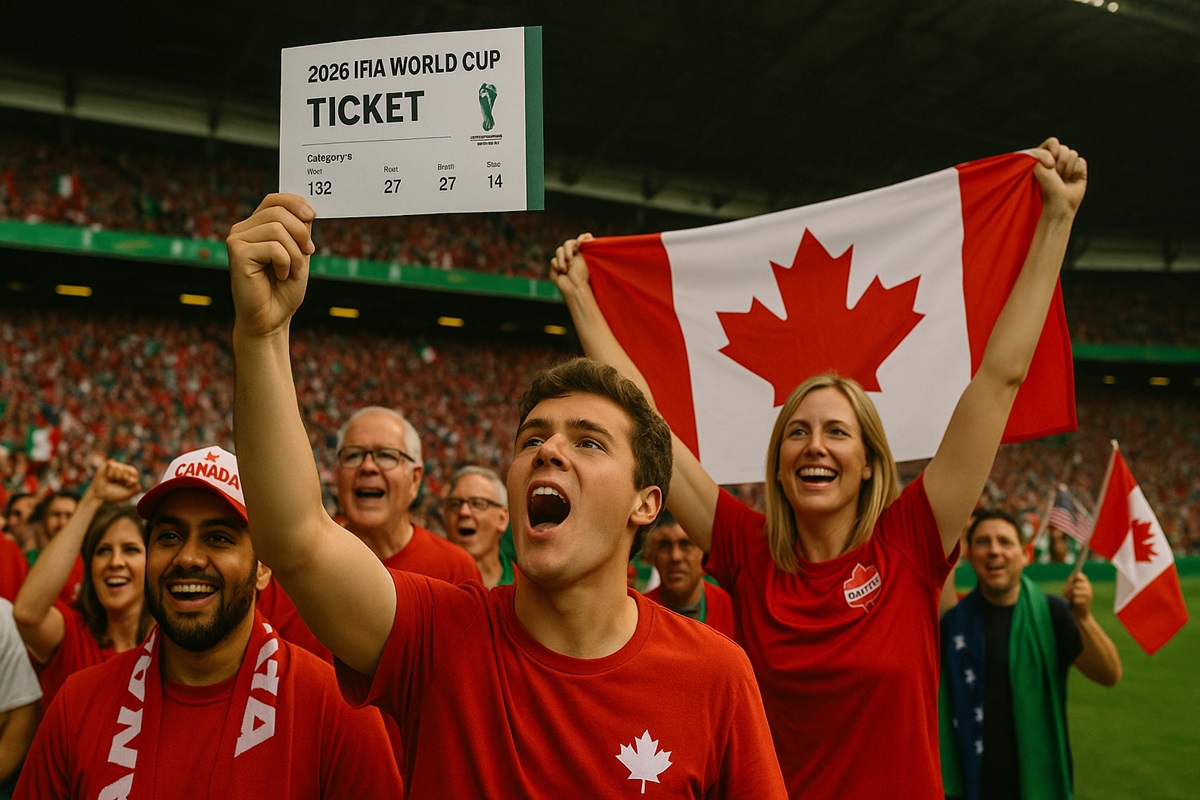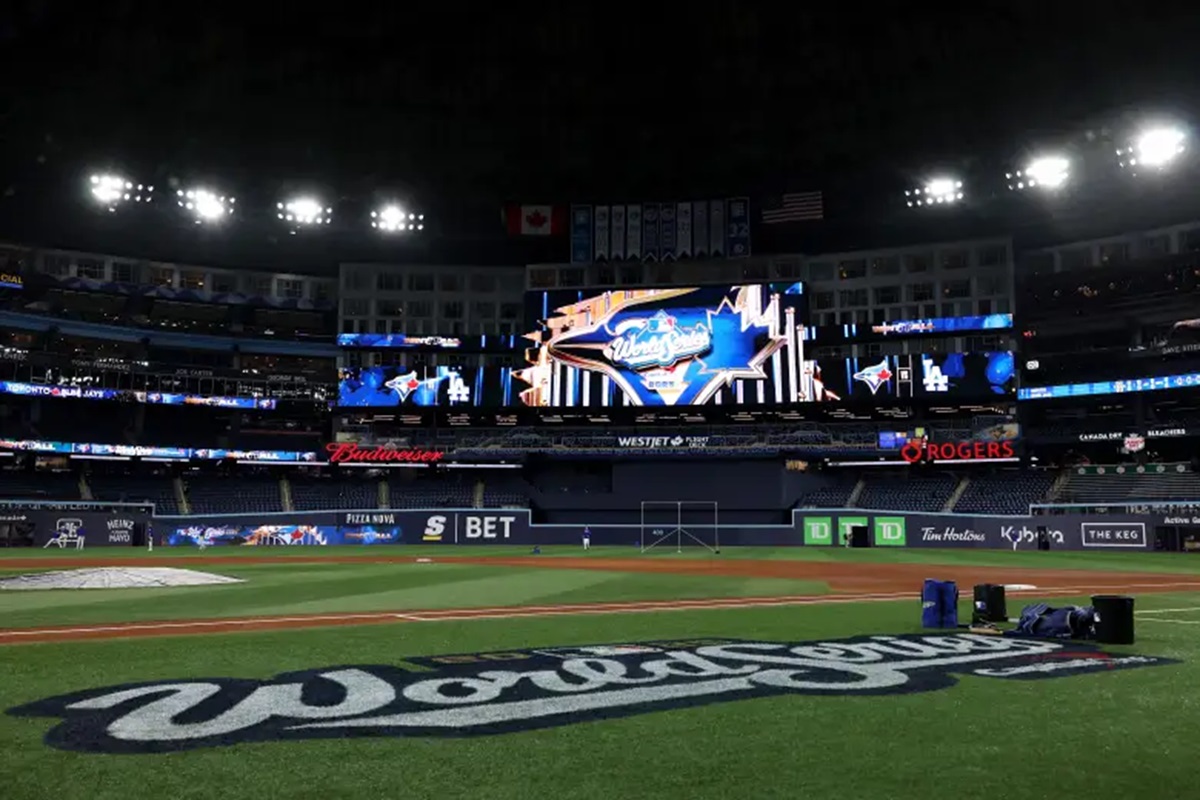The FIFA World Cup 2026 arrives in Mexico with a dazzling promise and a bill that many prefer to glance at sideways. Thirteen matches will be played across Mexico City, Guadalajara, and Monterrey. It may seem modest compared to the U.S. schedule, but in terms of expectations and political pressure, it carries much greater weight. The country faces investments estimated between $2.5 and $3 billion, focused primarily on modernizing existing infrastructure. The goal is not to build new stadiums, but to leave behind an urban legacy that outlives the few weeks of the tournament.
The dream is collective, but the question of who pays remains unresolved. The budget is far from minor, and as with every World Cup, the debate wavers between popular excitement and the arithmetic of debt.
Who Puts Up the Money
Stadiums as Showcases of Modernity
The Estadio Azteca has become the emblem of this process. Official figures for its renovation vary widely, from just over 1 billion pesos to more than 3 billion pesos (roughly $160 million). The only certainty is that Banorte’s sponsorship, valued at more than 2.1 billion pesos, will give the venue its name and ease part of the expense. Beyond accounting disputes, the upgrade promises a technological leap with massive connectivity, giant screens, and surround sound.
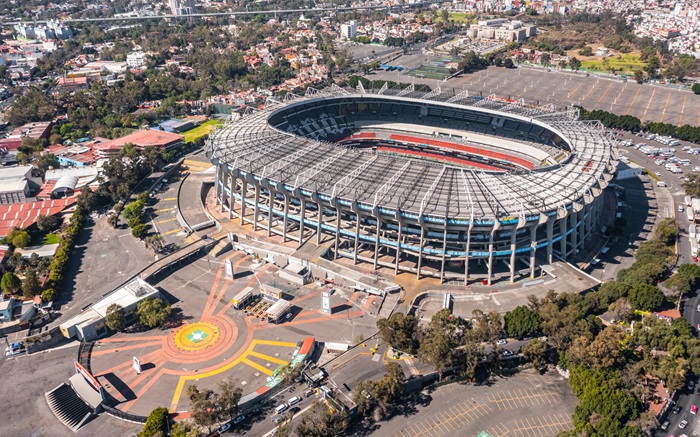
In Guadalajara, Estadio Akron required fewer adjustments, though more than 250 million pesos were still allocated to upgrades in lighting, sound, and hybrid turf. In Monterrey, Estadio BBVA faces a much more modest investment of about $3 million. The goal goes beyond meeting FIFA’s tournament requirements: it’s about ensuring these venues remain profitable with a steady calendar of events in the years to come.
Cities as the Real Big Spenders
Mexico City shoulders the largest share of the budget. Billions of pesos have been directed to the light rail system, the security camera network, and the modernization of the International Airport. Additional resources are being funneled into roads and public works surrounding Estadio Azteca.
Guadalajara is fast-tracking construction of Line 5 of its light rail, while the airport will receive more than 7 billion pesos in upgrades. Public money is also being used to enhance the Historic Center and key roadways leading to the stadium.
In Monterrey, the World Cup has been integrated into an ambitious six-year development plan of 150 billion pesos. Of that, 58 billion are committed to mobility projects and another 20 billion to the Interserrana highway. FIFA’s calendar requires everything to be ready by April 2026, pushing local governments to fast-track projects.
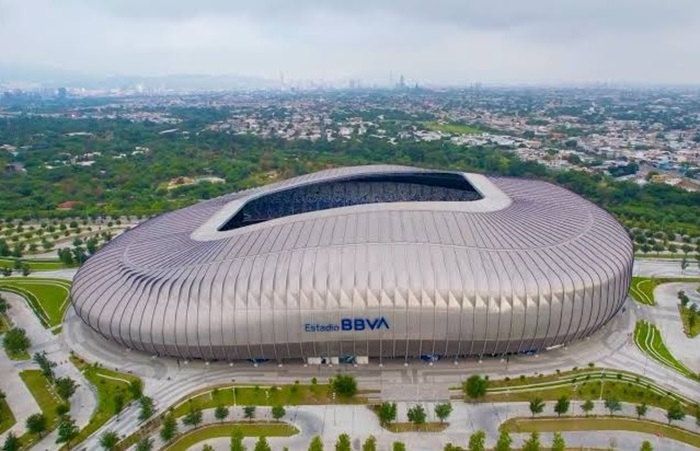
Related content: Canada and Mexico gain FIFA World Cup Destination Advantage
The Invisible Costs
Beyond public works, there are silent expenses in security and logistics. Tens of thousands of personnel will need to be deployed in trinational coordination, and in the capital alone, over half a million service-sector workers are expected to undergo training. Monterrey even created a special trust fund to finance tourism promotion. Surveillance cameras installed for the event won’t disappear afterward, implying ongoing maintenance costs.
The Promise of Returns
Tourism and the Expected Boom
Authorities project between 5 and 5.5 million visitors, both domestic and international. Mexico City alone expects more than 5 million fans, as it will host the opening match. Forecasts anticipate a 44% rise in arrivals and nearly 50% in per-visitor spending.
To meet demand, Guadalajara will add at least seven new hotels to its 30,000 existing rooms. Monterrey foresees a 60% increase in occupancy, with short-term rental platforms playing a crucial role. The experience is expected to be digital, with cashless ticketing, guaranteed connectivity, and a real-time guide app for fans.
Jobs Created—and Lost
The World Cup also promises job creation. In tourism, 24,000 direct jobs are expected, while infrastructure projects could generate another 128,000. Guadalajara alone foresees more than 40,000 positions, both permanent and temporary. Restaurants are expected to boost staffing by 10–20%. Still, most of these roles will be short-lived. The real impact on the labor market will depend on whether investments in airports, transportation, and hotels generate lasting activity once the tournament ends.
The tournament will drive spending in very specific sectors. Restaurants near stadiums and tourist corridors anticipate up to 40% growth in sales. Last-mile transportation, retail, and tech companies offering connectivity and crowd management solutions are also expected to benefit.
The Uncomfortable Math
Projections That Don’t Add Up
Calculating the real impact of the FIFA World Cup 2026 is an exercise in uncertainty. Some studies estimate $500 million, while others push the figure to $3.6 billion. Consulting firms like BCG projected net benefits between $90 million and $480 million per host city, while Mexico’s Tourism Secretariat calculated more than $1 billion. Some scenarios even project between $3 and $7 billion in direct economic activity. The gap is so wide it reflects a problem of expectations more than of arithmetic.
Expensive Tickets and Social Exclusion
The World Cup risks becoming an exclusive celebration. Hospitality packages start at 34,000 pesos and can exceed 900,000 pesos. In a country where the annual minimum wage equals the cost of a single ticket, inequality becomes unavoidable. Brazil 2014 showed the political risks of such dynamics. For Mexico, the challenge will be to guarantee open spaces for collective celebration—from free Fan Fests to public screenings that let everyone take part.
The Value of Co-Hosting
Being part of a trinational World Cup also brings strategic advantages. The USMCA trade framework will boost the arrival of high-spending tourists and gives Mexico the chance to showcase its logistical and operational reliability. If the organization is flawless, the country won’t just market itself as a tourist destination but as a trustworthy platform for nearshoring supply chains.
The experiences of Brazil in 2014 and South Africa in 2010 show that impacts are often more modest than promised, and that stadiums risk becoming white elephants. Mexico must ensure these venues are kept busy with concerts, fairs, and conventions, and that mobility projects are integrated into long-term metropolitan plans.
Who Pays, Who Benefits
Mexico’s World Cup is financed through a mix of public funds, taxpayers, clubs, and ultimately, the fans who buy tickets and consume during the event. The key question is not only who pays, but also who benefits.
The challenge is to guarantee that stadiums and infrastructure remain useful beyond the tournament. Investment should translate into productive assets, not empty temples.
The tournament will only be successful if ordinary people can participate. High-quality Fan Fests, cultural programs, and free access to collective spaces are crucial to prevent the event from being seen as someone else’s party.
Small and medium-sized businesses need support to integrate into the value chain. Supplier portals, financing programs, and training can democratize benefits and prevent the event from becoming solely the business of large corporations.
Mexico is buying an expensive dream, but one with potential returns. The question remains: if the investment becomes a lasting legacy, the World Cup will be worth it. If it ends in debt and cost overruns, the celebration will be short and the hangover long.
Photo of the portrait: Depositphotos



